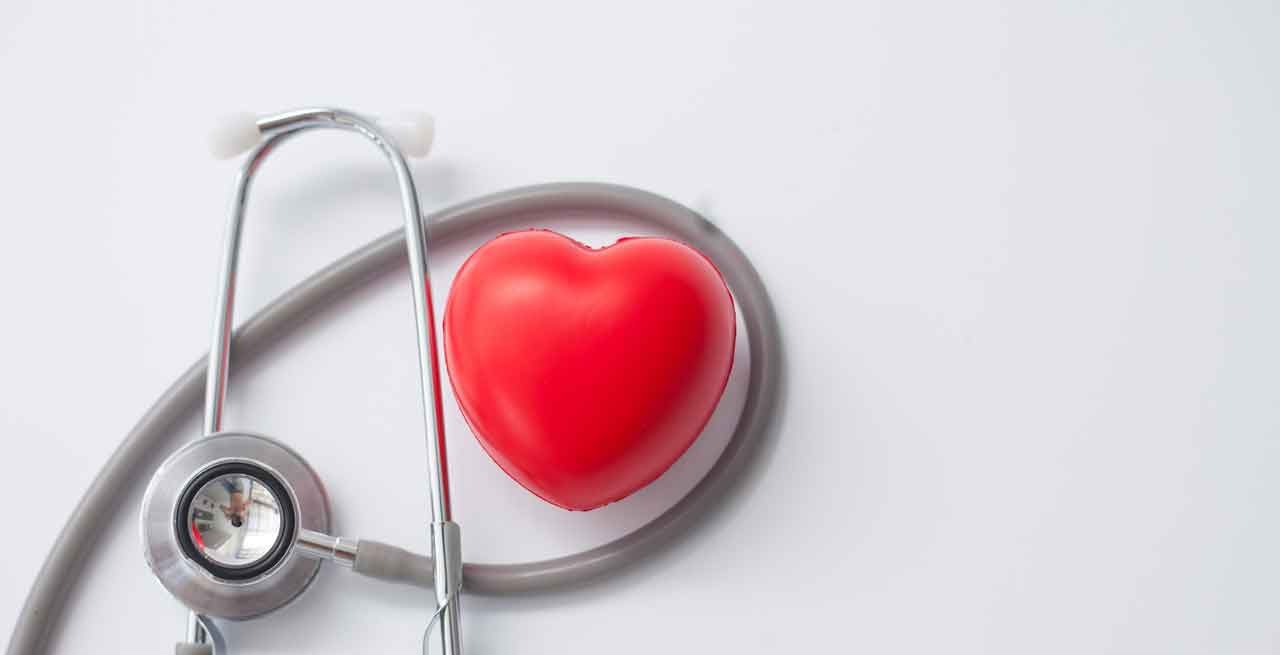Total Cholesterol Level

There’s more to a total cholesterol level than one number. Knowing your levels of “good” and “bad” cholesterol help you understand your heart disease risk.
Here’s a not-very-unusual scenario you may have experienced. Your doctor checks your cholesterol level as part of a physical. You learn the results are high — perhaps, well over 200 — and you fear you are in in danger of a heart attack or stroke.
You aren’t alone if you have high cholesterol. The Centers for Disease Control and Prevention (CDC) notes one in three adults in the U.S. have elevated cholesterol levels. But don’t panic. Talk to your doctor and find out exactly what your cholesterol level means for your individual risk of cardiovascular disease.
There are several components of a total cholesterol level to consider — the amount of “good,” heart protective cholesterol, as well as the level of “bad,” artery clogging cholesterol. In addition, your personal risk for heart disease is calculated based on other factors, too, including your family and personal medical history, weight, and blood pressure.
“You may be used to hearing about numerical ranges for total cholesterol. For many years, they were widely publicized,” the American Heart Association website explains. “Nowadays, these ranges aren’t used. Instead, total cholesterol levels are considered in context with other risk factors, and treatment is recommended accordingly.”
YOU MIGHT ALSO LIKE: Causes of High Cholesterol
Why your total cholesterol level matters
Cholesterol is a waxy compound found in most body tissues. In fact, cholesterol is necessary for health; your body needs it to build cells. But as high levels of the potentially artery-clogging type of cholesterol circulate in your blood, the result can be atherosclerosis, a buildup of fatty deposits (plaques) in your arteries that reduces and even blocks blood flow. If the plaques rupture, a heart attack or stroke can result, the CDC points out.
But there is also a type of cholesterol that can protect your heart and arteries. That’s why knowing the breakdown of what your total cholesterol level means is important to understanding your cardiovascular risk.
Your doctor will usually check for high triglycerides along with cholesterol levels in a test known as a lipid profile, or lipid panel, which includes:
- Your total cholesterol level — the sum of all your cholesterol
- High-density lipoprotein (HDL) cholesterol, also called the "good" cholesterol, known to help protect your heart and arteries by keeping arteries open and blood flowing freely
- Low-density lipoprotein (LDL) cholesterol, known as the "bad" cholesterol, causes the buildup of fatty deposits in your arteries
- Very low-density lipoprotein (VLDL), a type of “bad cholesterol” that contributes to fatty plaque in arteries, raising your risk factor for heart disease
- Triglycerides, another type of fat found in your blood and stored in fat cells which, in excess, raises the risk for heart disease and stroke
When to get a total cholesterol level test
Cholesterol levels vary by age, weight, and gender. Over time, you tend to produce more cholesterol. In adults, a total cholesterol level of less than 200 mg/dl is considered normal.
There are no symptoms of high cholesterol, so the only way to see if your level is high is to be tested. The American Heart Association recommends all adults, starting at age 20, have a cholesterol test every four to six years and be checked for other heart disease and stroke risk factors.
If you do have worrisome high cholesterol and triglyceride levels, there’s much that can be done to help prevent cardiovascular disease and stroke.
Work with your doctor to lower your risk by stopping smoking, controlling high blood pressure, getting regular physical activity, and losing weight, if needed. If lifestyle factors don’t improve your total cholesterol level enough, your doctor may prescribe statins or other medications.
Updated:
March 03, 2020
Reviewed By:
Janet O’Dell, RN